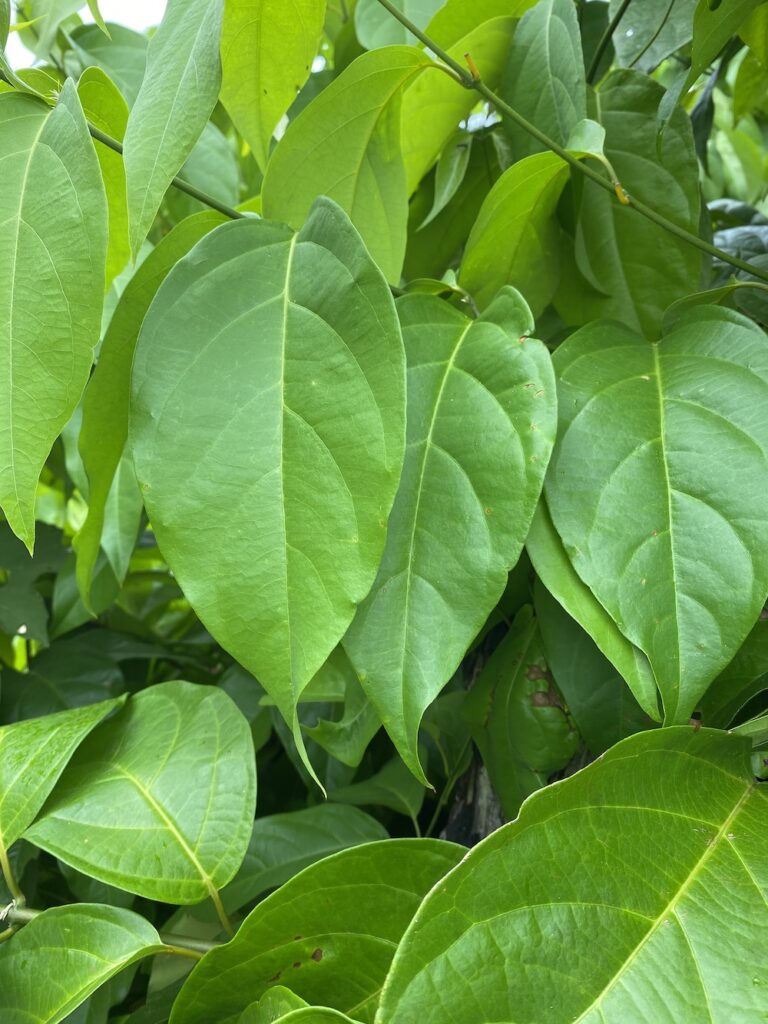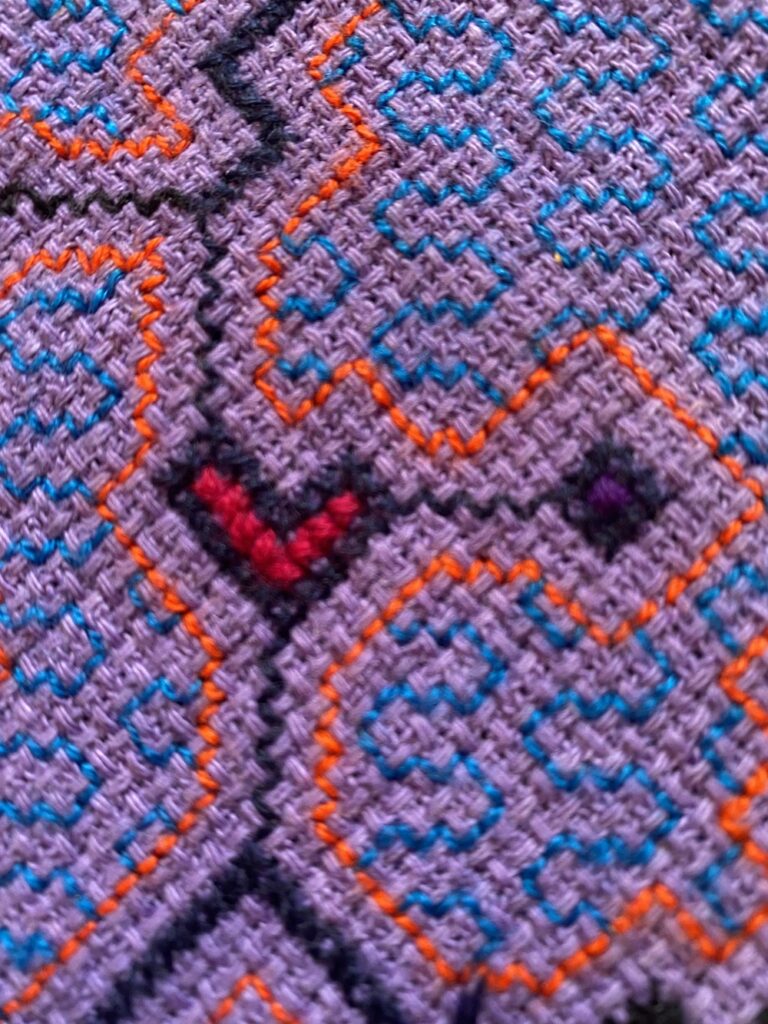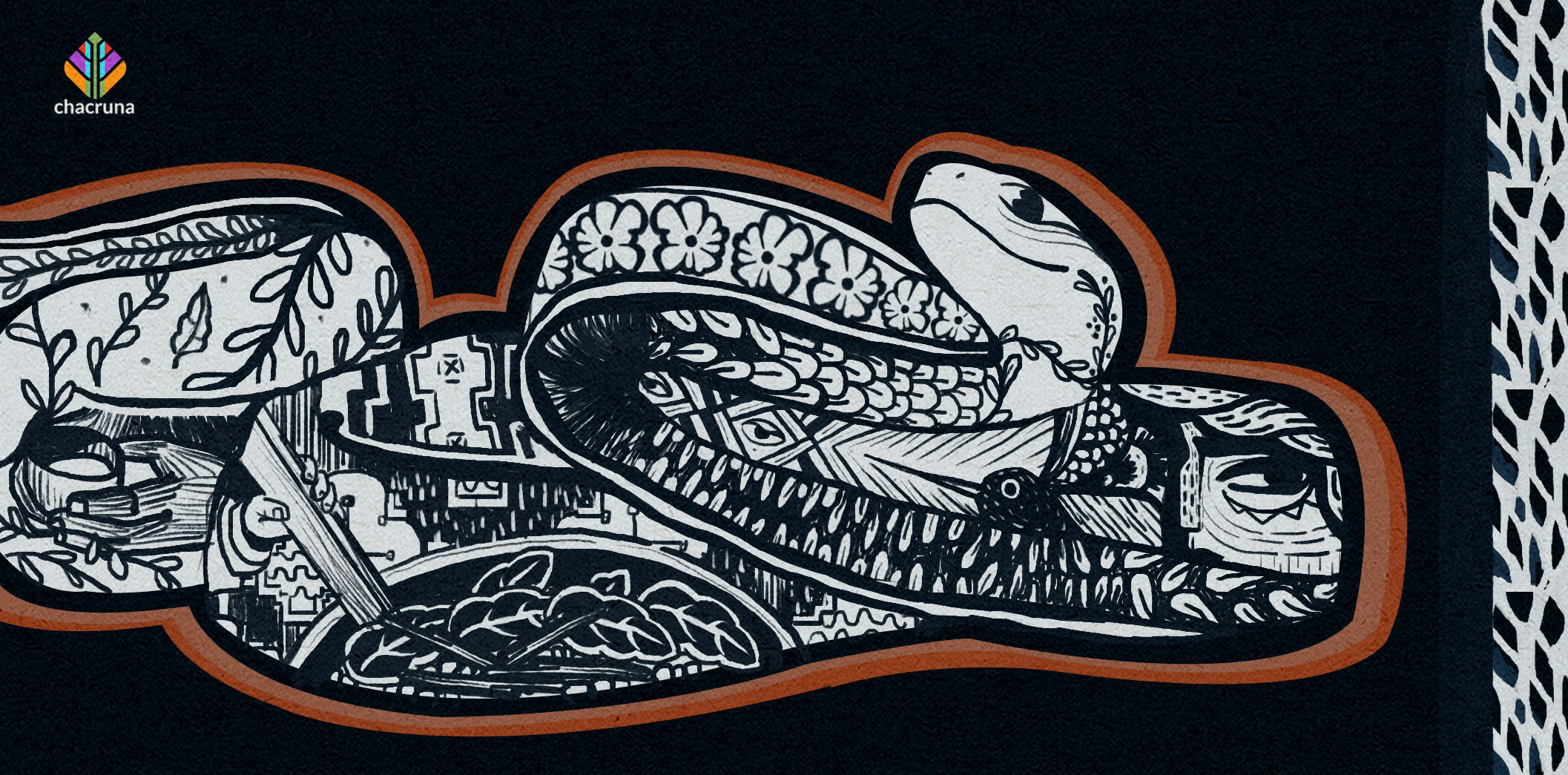- Preserving Entangled Ayahuasca - December 7, 2020
Answering Bia’s invitation, the challenge for me has been to come up with a presentation that would be of interest to academics as well as women and men of medicine. It is a difficult challenge that I intend to face. First, let me introduce myself: I speak from the perspective of my research with ayahuasca that began in 2004 with my doctoral dissertation. My research has focused on the relationship between traditional ayahuasca use, “mestizo” adaptations, and international expansion, as well as the translations, adaptations, connections, risks, challenges, and movement of people, substances, discourses, and practices that this opening towards internationalization entails. These investigations took place in the Iquitos region of Peru as well as in Europe; mainly, following French and Spanish networks linking Peruvian ayahuasqueros with European ayahuasca circles. Since completing my Ph.D. in 2010, my research has focused on the circuits that have formed in Europe around regular invitations from South American men and women of medicine from Peru and other countries. I have also begun looking into the circulation of peyote and the invitation of Huichol healers to Daime and Vegetal circles.
In this sense, I have been investigating what might be called a “European perspective” on these issues. I have listened to detailed presentations on how to understand, embrace and deal with “Western” expectations with these medicines. Perhaps I could talk about dialogs and disagreements, attest to the seriousness with which many Europeans approach these intercontinental encounters and the processes of personal and social development that they entail or, on the other hand, denounce abuses, monetization, postcolonial relations. But it’s not what I’m going to do either; at least, not head-on.
My presentation has a more epistemological objective, reflecting the search for a decolonizing approach that does not succumb to essentialization or mystification, nor to psychologization or psychedelization of the work of these medicines; an approach that can serve as a point of convergence between traditional perspectives and concerns and European, academic, and non-academic research; that looks towards new ways of understanding and experiencing the social and collective sphere within the context of a modernity that is destroying the planet’s resources and making it harder and harder for us to dream of a future that is not a massive catastrophe.

At the beginning of my studies of sacred plants and healers, a mestizo medicine woman whom I met in Peru summed up my ignorance—emphatically, after getting a bit exasperated with my inability to understand what was truly important within ayahuasca medicine—as follows: “You, all of us, we are made of what we love. All which is loved by us: people, places, things, words, stories… We are made of what we love!”
“Estamos hechos de lo que amamos”
Over the years, those words have stayed with me: What does it mean to be made of what we love?
A metaphor perhaps? A poetic expression to indicate that love fills us? That love gives meaning to life? A metaphor that the anthropologist would have the duty to translate into something more scientific, more sober? But what if the anthropologist does not want to assert this power to speak for the Other? What if the anthropologist does not wish to take those very words that mean so much to the Other and translate them into something that would mainly, ultimatly, and barely be demonstrating the self-attributed privilege or presumption to explain, better than the Other, what the Other is all about.
What if we try to understand her statement of “being made of what we love” in a more direct, more concrete, more literal, more material way? What happens then? What does it mean to be constituted by the “loving” relationships that we cultivate with our surroundings? Can that be our essence, our fabric, our flesh?
Many years later, an Indigenous Peruvian medicine woman told me, at a time when I was trying to understand, within ayahuasca medicine, what belonged to the plants and what belonged to humans: “Within the medicine, plants and people, but also animals, when they are connected, they are the same thing, they are not different, they cannot be distinguished, they are the same.”
What are beings made of when they are connected?
Or simply : What are beings made of?
Here, we face a concern that is not only an intriguing aspect of this area of research because it confronts us with such impossible, or at least very difficult, translations, but also because it converges with philosophical and ontological concerns found in academic schools of thought that run parallel to the decolonizing epistemologies of Eduardo Viveiros de Castro and Bruno Latour. The interest here is in agency, in the power to act, which emerges not only from human and non-human spaces (plant, animal, technical , robotic, spiritual) but also from interspecific relational interfaces and hybrid existences between plants, humans, animals, technologies, spirits, and objects.

Join us at Sacred Plants in the Americas II
I am talking, of course, about the current of ecofeminism, which brings together anthropologists, philosophers and biologists, including such leading exponents as Donna Haraway, Anna Tsing, Marilyn Strathern, and Isabelle Stengers. Their approaches allow us to take a step further into the possibility of thinking about existences and about those existing where perspectives and relationships are the starting point, instead of the beings themselves. Inspired by the French philosopher Etienne Souriau, Isabelle Stengers shows us how to understand the emergence of collectives, solidarities, and associations, and, above all, how the actions and powers of these collectivities (of both humans and non-humans) make human life possible, and not the other way around. This represents an important shift away from the egocentric sovereignty of human individuality that modernity has placed at the center of all reflection on existence, freedom, and power.
So, what if we look at ayahuasca from this relational perspective? What happens?
We see ayahuasca as being constituted by all the relationships that, together with the plant itself, establish, maintain, care for, and develop its ability to act. This perspective allows us to speak of ayahuasca within the academic world as an active subject, an entity capable of deciding, choosing, and manifesting itself, without speaking of it in terms of belief, illusion, metaphor, or modernized animism. Looking at ayahuasca as an entity composed of those same relationships that, combined, contribute to its existence and its power to act, also incorporates us in its way of being alive, as it makes ayahuasca part of what our way of being alive: alive because in relation, acting because in relation.
Many of my colleagues at the University of Louvain think that the purpose of anthropology is to resist to the dissolution of the social, the unraveling of solidarity. I think that, with this entangled vision of the power to act and to be alive, we contribute to this anthropological objective while also developing a theory aligned with the way many women and men of medicine talk about what matters within medicine.
At the intersection of these two approaches is a shared resistance towards the dynamics that produce and take advantage of isolated individuals in competition with one another. In a recent text I wrote for a book edited by Bia and Clancy, I wrote about the need to preserve an entangled ayahuasca because medicine, like society in general, is traversed by forces that maintain their power by reducing entanglement, by reducing the number of necessary ingredients. An entangled ayahuasca means that medicine can continue to be a capacity to act, it can continue to be a relational multiplicity, a knot of influenced and influential lives which continously build one another.
These unraveling dynamics have had many names. What they have in common is reduction: the act of reducing a relational set to just one or a few components. Some value medicine but idealize or essentialize only a few of its parts: whether the plants themselves; their biochemical components; their ability to act in isolation in the same way on everyone, regardless of knowledge or learning; the relational universe of the healers who prepare, cook, dry, and ferment them, speak to them, transport them, sing to them; or the healers themselves, sometimes essentialized as gurus surrounded by disciples who feed their individual power; or, when the potential of visions is reduced to only internal, intra-psychological, psychedelic trips that have no other place but “in the head,” ignoring relational continuity and community, social and ecological responsibility, situated, localized—this mountain, that lagoon, that river—a situated responsibility of global impact that traditional healers never forget to acknowledge.

Each form of unraveling has its own history and makes us return to the difficulties, asymmetries, pillages, and abuses of colonial, post-colonial, and current history. And so, we return to relationships and entanglements. From an anthropology of structures and cultures, conceived as monolithic entities by anthropologists, passing through an anthropology of the ontological models that underlie relational construction, we arrive finally to an anthropology of agency, of the power to act that emerges from the relational intensity and the performance of certain relational knots: knots that we can name, individualize, but that do not exist, do not live, except as relationships; entities that run the risk of ceasing to exist if they were cut off, isolated, from their allied and constitutive relationships. Thus, we are looking at a new anthropological interrogation; not of culture, nor of structures, nor of humans, or humans disconnected from other forms of existence, but, rather, an anthropology of life, of that which lives together, of that which receives and gives life.
These theoretical openings offer us interesting bridges with certain currents of biology, radically pragmatic social sciences, and, in general, with a constructivist and pluralist philosophy that conceives the relational as a form of action, as an active, activating, and driven power; the power to constantly weave the reality of worlds. This proposition is, at the same time, a theory, a vision, and an ethnographic description, in the sense that it has emerged from my research as a point of agreement and disagreement within diverse understandings of what medicine is, of how it “works,” and of what are “its” very objectives.
Within this conception, it is impossible to say what medicine is, in the sense that one cannot say what it is once and for all. It is not defined, nor can it be owned. It cannot be reduced to a universal recipe: it is like this, it works like that, it is cooked like this, and sung like that. Medicine is made, shared, co-constructed in each circle, in each ceremony. Each medicine woman, each medicine man cooks and makes their medicine become. And these medicines are different because what they love is different, and what crosses their paths is different, different is their recipe of life, and different are the remedies and allies that they gather as medicine.
Some additional ethnographic data reinforces this reading of the use of ayahuasca. We now know that the internationalization of ayahuasca entails new ways of drinking, of gathering to drink, of displacing oneself to drink, and offering to drink. There are several ritual formulas that have become stabilized within this internationalization, certain ways of understanding the expectations, difficulties, and illnesses of the “gringos,” as well as certains way for the “gringos” to adapt, to begin to understand, to function according to the processes of plant medicine.
An observation that I can make only now, after some 14 years within the international and internationalizing networks of ayahuasca, is that, as people choose this medicine as a regular practice, as a way of life, as something that is part of what they are, they no longer give so much importance to the content of speeches, translations, and definitions. The important thing is not to agree on the definition of ayahuasca or the identification of the spirits that it entails. The important thing is to know how to participate, how to behave so that the medicine continues to be present, so that it continues to work, for oneself and for others.
Within these circles, the comparison or the division between the Indigenous and the Western slowly loses its importance. Many healers and “gringo” drinkers know each other well. They have learned and continue to learn how to work together. In the more established networks and circles, there is no longer talk of the emblematic encounter between the Indigenous and the Westerner; perhaps because these encounters are working, perhaps because an intermediary space is being created that is specific to these medicines. Perhaps because, in these spaces, what matters isn’t how each one can affirm an exclusive identity, but the ability to create futures together, to create futures for being together.
Sign up for our newsletter
This is the pretty version of what is happening, a beautiful image of the possible encounters between relational visions of the men and women of medicine, new practitioners of ayahuasca as well as academics who are creating new ways of speaking, theorizing, and describing that aim to protect and preserve these medicines.
But the very openness of the internationalization process is putting the balance of entanglement to the test. As soon as one part of the tangle stands out from the rest, as soon as the power to act is attributed to a single part, then the whole knot begins to unravel. When medicine is reduced to active principles that induce a universal experience in individual drinkers, an experience detached from situated context and knowledge, when all of the ayahuasca cooking process and the songs of the ayahuasquero become accessories, then entanglement is in danger. Maybe it is the price that must be paid to have an international voice that can be understood within biochemical, pharmaceutical, and therapeutic languages, but it is only a compromise within what it entails to relate to these medicines. If, on the contrary, these international networks, healers, or ceremony organizers attribute the power of the medicine to themselves, instrumentalizing the plants and those who attend the ceremony, there, too, the entanglement becomes fragile.
The difficulties and reductionisms are many.
We won’t preserve an entangled ayahuasca by pointing fingers: the foreigners, the biochemical paradigm, the healers, those who drink, those who cook, or those who organize, how much is paid by those who pay, how much is charged by those who charge. It all depends in each specific case on how these elements are mobilized.
Do they contribute to maintaining an entanglement in which no part is the instrument of another part? This, I believe, is key.
In a world in which what exists, exists in entanglement, we cannot transform part of what we love, part of what constitutes us, into an instrument. It has to continue being a being, otherwise, how could we continue loving it ? As key to preserving entanglement: living entanglement, acting entanglement, entanglement in which no part is reduced to being the instrument of another part. That is the key—“estamos hechos de lo que amamos”—to a world made of the participation of beings who exist thanks to their interrelation, and in recognition of the value, role, and contribution of each other. This is the key to a world in which each one acknowleges how he/she is being made by others, others who must be taken into account.
Art by Karina Alvarez.
—
Note: this presentation was given at Plantas Sagradas en las Américas. Chacruna/ Drogas Política y Cultura/CIESAS, Ajijic, México, February 23–25, 2018.
The author is part of the project “Healing Encounters: Reinventing Indigenous Medicine in the Clinic and Beyond” that has received funding from the European Research Council (ERC) under the European Union’s. Grant agreement No. 757589.
Take a minute to browse our stock:
Did you enjoy reading this article?
Please support Chacruna's work by donating to us. We are an independent organization and we offer free education and advocacy for psychedelic plant medicines. We are a team of dedicated volunteers!
Can you help Chacruna advance cultural understanding around these substances?
















